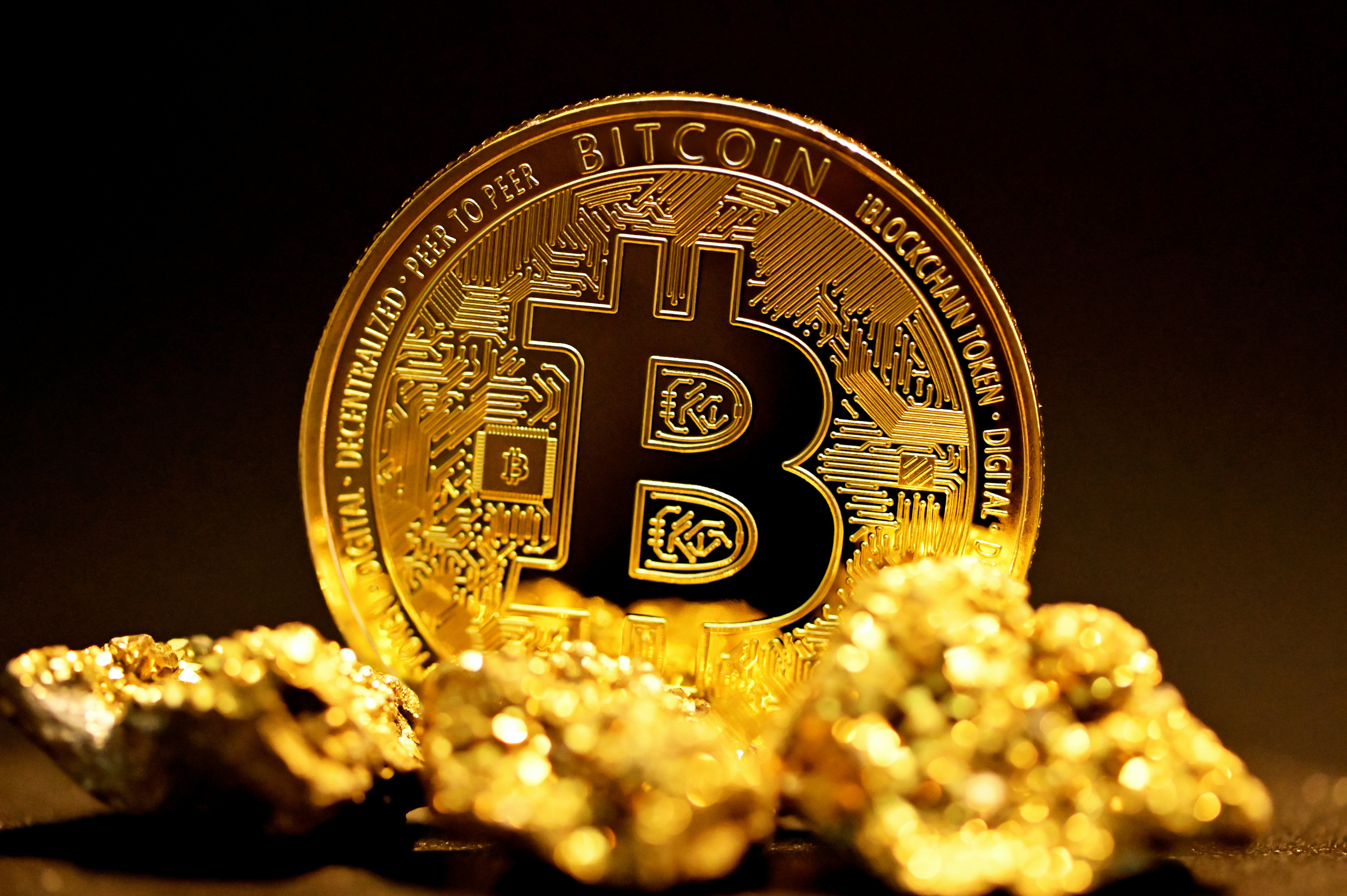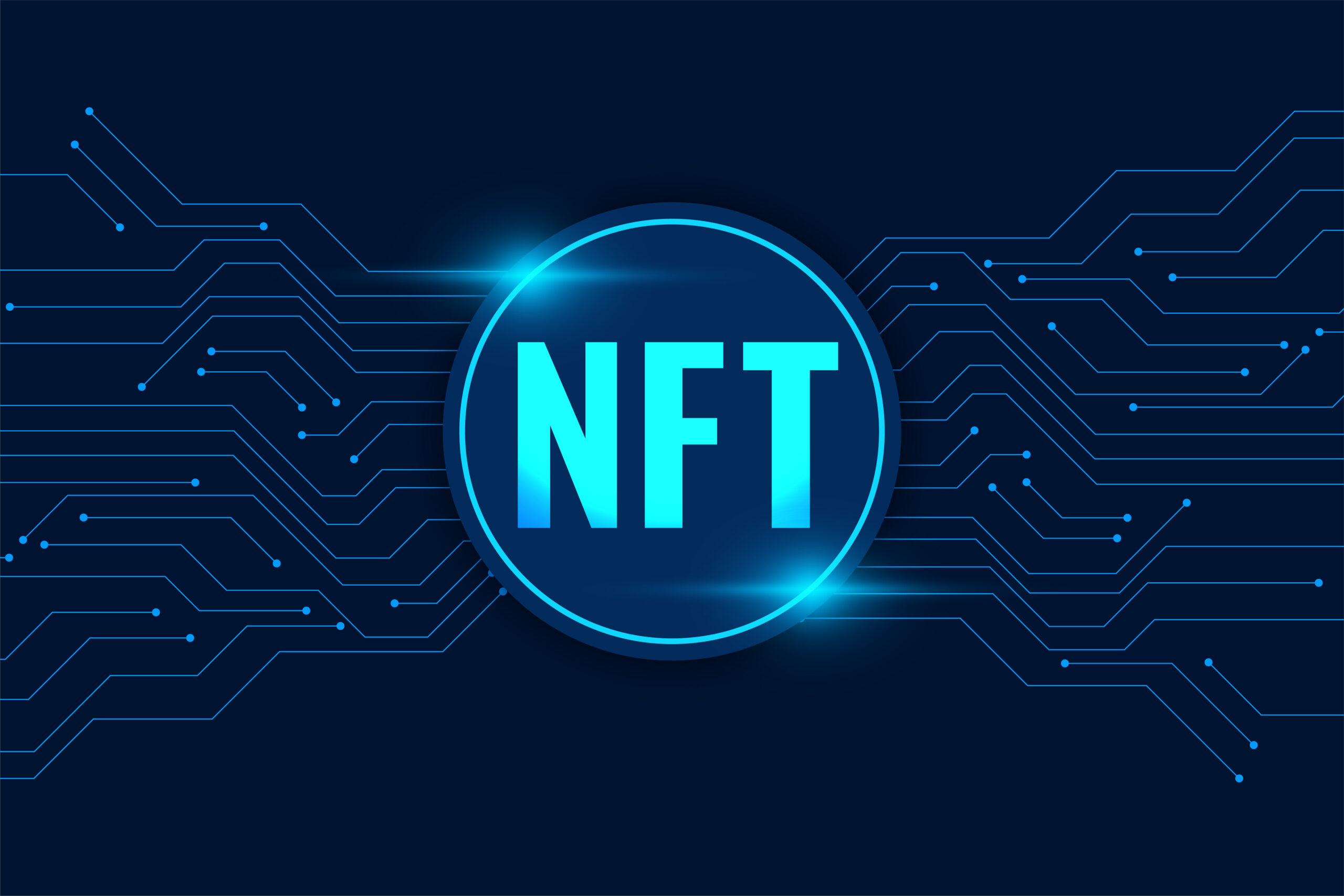Bitcoin’s supply slashes every four years—what if this built-in crypto event is the hidden force behind its explosive price surges?
Bitcoin halving. A phrase that gets tossed around a lot in crypto circles. But what does it really mean? If you’ve ever wondered why Bitcoin’s supply gets sliced in half every few years and why this matters, you’re in the right place. Let’s break down the basics with no fluff, just facts.
Halving happens roughly every four years on the Bitcoin blockchain. It’s the moment when the reward miners receive for adding new blocks to the blockchain is cut in half.
“Bitcoin’s halving mechanism is designed to keep the supply capped at 21 million coins and reduce new Bitcoin creation steadily. This helps limit inflation and maintain scarcity,” explains the experts at Blockchain.com Learning Portal.
Here’s how it works: miners use powerful computers to validate transactions, securing the network by solving complex algorithms. For their trouble, they get rewarded with new bitcoins. But every 210,000 blocks—about four years—the reward drops by 50%. This isn’t some random choice. It’s written into Bitcoin’s original code by Satoshi Nakamoto himself, to ensure supply doesn’t spiral out of control.
To put that in perspective, the first block reward in 2009 was 50 bitcoins. In 2012, it dropped to 25. In 2016, it halved again to 12.5. And, most recently, in May 2020, miners started receiving 6.25 bitcoins per block. The next halving, expected around 2024, will see rewards fall to 3.125 bitcoins.
Why does halving matter? In short: supply and demand. When fewer new bitcoins enter circulation, the total supply growth slows down. Economically, this scarcity can influence price. As the reward halves, miners’ income drops, which might make mining less profitable unless Bitcoin’s price rises or mining technology improves. That’s the tug-of-war miners face.
As noted by Cointelegraph, “Halvings impact the Bitcoin economy by reducing inflation and often lead to increased interest from investors anticipating price rallies.”
Historical data backs this up. After past halvings, Bitcoin’s price hasn’t exactly gone sideways. Following the 2012 halving, Bitcoin leapt from around $11 to over $1,000 within a year. After the 2016 halving, Bitcoin moved from about $650 to nearly $20,000 in late 2017. The 2020 halving was followed by a massive bull run that peaked in late 2021.
But, of course, markets don’t always follow a neat linear path. Other factors come into play—regulatory shifts, technological upgrades, and global economic changes all impact Bitcoin’s value. Still, halving events are some of the most anticipated moments in crypto.
What about the miners, the lifeblood of the network? When rewards drop, they have to adapt. Some might upgrade to more energy-efficient rigs to keep costs in check. Others may hold off on selling newly minted coins, hoping the price appreciates enough to compensate for lower rewards.
This dynamic shapes the Bitcoin mining ecosystem. When rewards halve, weaker miners may find it unprofitable to continue, potentially leading to consolidation in the mining industry. In the long term, this keeps the network sustainable and secure.
Chainalysis highlights that “miners act as early indicators of network health, with halving events often triggering shifts in mining activity and investment.”
Investor attention spikes before and after each halving. Speculation intensifies as everyone waits to see if history will repeat itself. Will Bitcoin’s price rocket? Will miners hold their ground or throw in the towel? These questions fuel daily debate.
To sum it up: halving in crypto, is an automatic cut in block rewards every 210,000 blocks, roughly every four years. It’s a built-in mechanism that enforces scarcity, reduces inflation, and influences miner incentives. While it doesn’t guarantee soaring prices, halving events have historically acted as catalysts in Bitcoin’s price action and ecosystem evolution.





